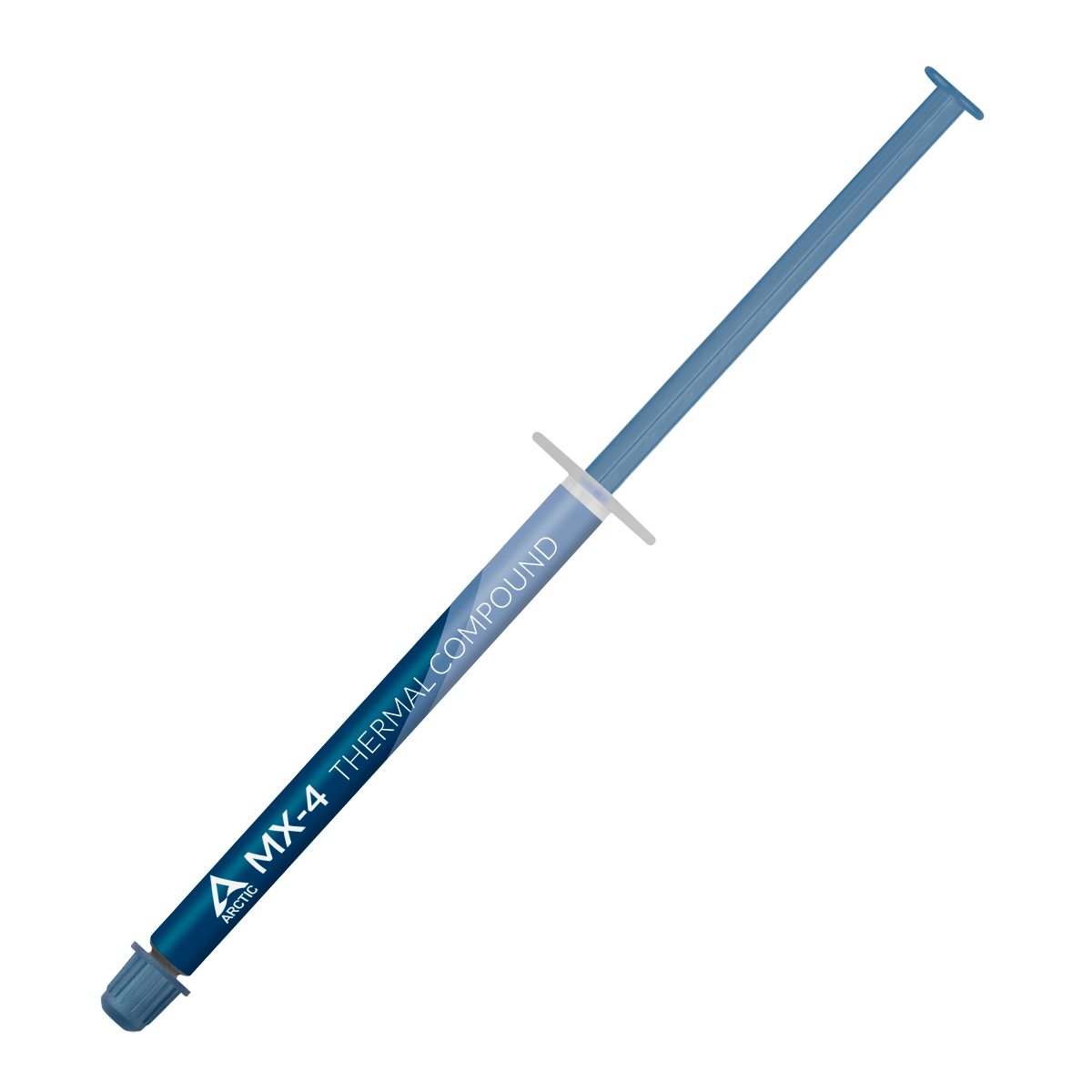Lednek
Member
- Joined
- Jan 17, 2023
- Messages
- 55
- Likes
- 46
I have an unopened tube of TF8 I was planning on using. Is thr mx-6 much better. I mean it's only $10 for a 4g tube, but if the TF8 fits the bill I'll use it . Also it's probably going 2 years old, but unopened.No, do not use Arctic Silver. It is outdated, has a short working life and is conductive. Use MX-4 or MX-6 which guarantees a 8 year working life, lower thermal resistance than Arctic Silver and it is not conductive.
EDIT: Arctic Silver Ceramique is very outdated and is not conductive but has a short life and not very good thermal conductivity.




